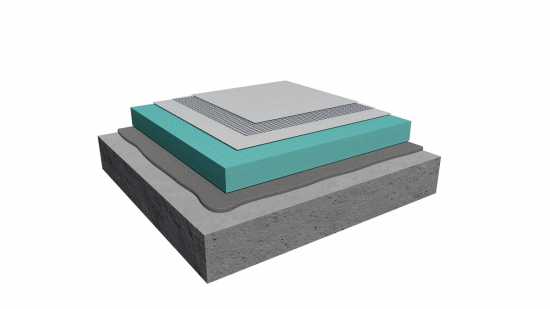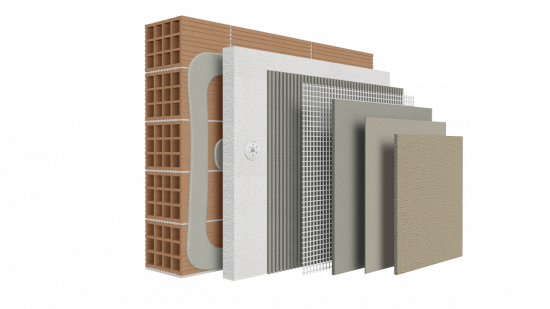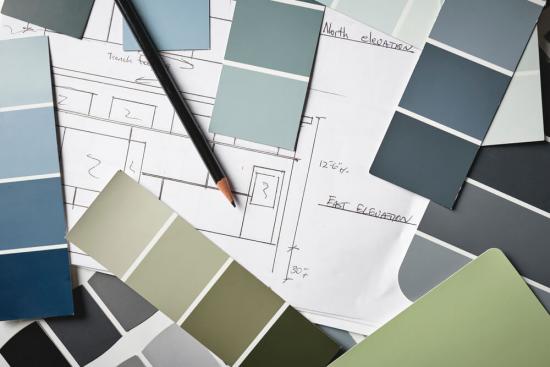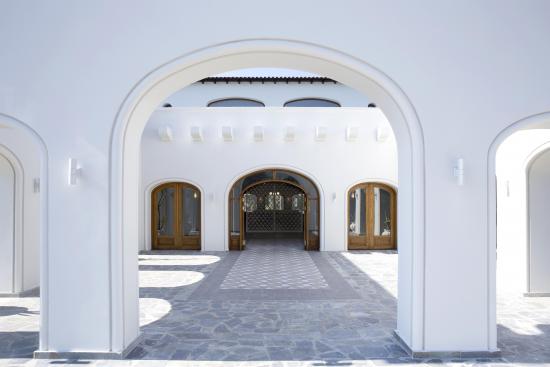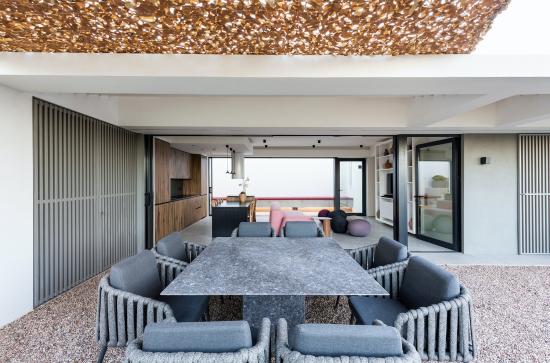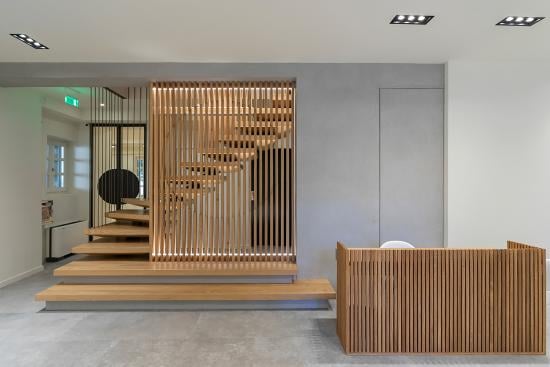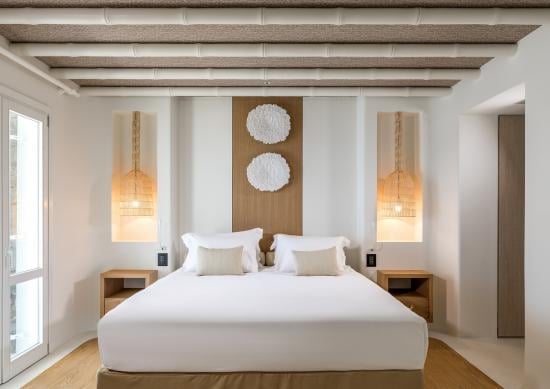Types, Advantages, and Differences of External Thermal Insulation Boards
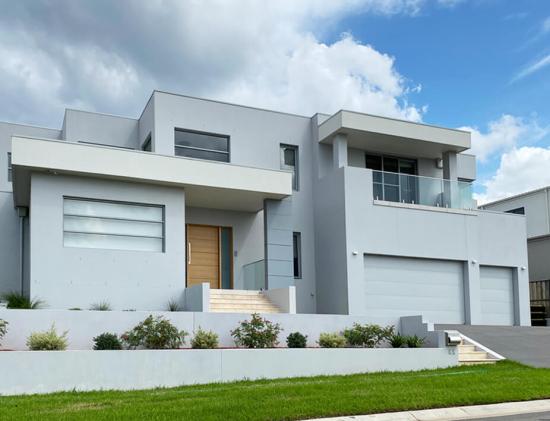
All the essential information and helpful tips to make the right choice of thermal insulation type—depending on each case—and benefit from this transformative structural intervention that can radically improve life at home or within a building.
External thermal insulation, also known as thermal facade, is a technical method used to enhance the energy performance of a building, among other benefits. It involves applying certified External Thermal Insulation Systems (ETICS) to the exterior walls by trained professionals, creating a protective layer. This process includes the installation of multilayer systems that reduce heat loss while providing energy upgrades and protection from external factors (temperature, wind, mechanical stress).
The Benefits of Thermal Insulation
The result is a modern and comfortable home with stable indoor temperatures and an improved atmosphere, eliminating moisture and saving both energy and money—since heating costs in winter and cooling in summer are significantly reduced. Additionally, by lowering energy consumption, the emission of carbon dioxide and other pollutants is also reduced, contributing to the mitigation of the greenhouse effect and climate change.
Thermal insulation is primarily applied to external walls, forming a protective envelope, but it can also be used on other building surfaces (roof, terrace, floor). It is especially suitable for older buildings that need upgrading but can also be used in new constructions. However, its impact is most significant in older homes, where thermal facades are considered among the most important renovation interventions. This upgrade not only acts as a barrier against excessive heat, moisture, and frost but also improves the overall aesthetics of the building—helping to maintain or even increase its market value. Externally, the home appears newer, sturdier, and more modern, while internally, it becomes much more sustainable to live in.
Insulation Boards: Types, Properties & Advantages
Insulation boards are specially manufactured materials that provide high-value thermal insulation and, therefore, energy efficiency. They are applied to external surfaces to act as a protective shield against weather conditions, helping to reduce heat loss.
The four main categories of insulation boards are:
EPS Boards (Expanded Polystyrene)
Produced from lightweight, foamed insulating material (polystyrene), these have been used in construction for over 50 years. Advantages: Lightweight, low cost, high thermal insulation value, long lifespan, self-extinguishing, breathable, and recyclable.
Graphite EPS Boards
An enhanced version of expanded polystyrene with added graphite for better thermal insulation and greater reduction of external heat. Advantages: All of the above, plus improved thermal conductivity due to graphite particles that reflect infrared radiation.
XPS Boards (Extruded Polystyrene)
Made from the same raw material as EPS, but through an extrusion process. This results in better moisture resistance and mechanical strength, with slightly increased rigidity. Advantages: Low thermal conductivity (λ: 0.033–0.034), excellent mechanical durability, zero water absorption.
Mineral Wool Boards
Mineral wool belongs to the category of inorganic fibrous materials, made from volcanic rocks enriched with minerals (e.g., dolomite, bauxite), and converted into a fibrous product with adequate strength. Advantages: Very high thermal insulation, breathable material, excellent sound absorption, resistance to temperatures up to +750°C, non-combustible (class A1).
Specifically referring to Clima Wall Mineral systems (BIOCLIMA’s Certified External Thermal Insulation System using mineral wool), sound reduction improvement has been tested (Test Report LZF02-01116/24/Z00NZF – ITB based on EN-ISO 10140-2:2021) for structural elements using mineral wool across various frequencies.
Criteria for Selecting the Right External Insulation Boards
Choosing the appropriate insulation material depends on several factors related to the building itself and external conditions like budget. It's also important to consider whether the building is adjacent to others or located at a high altitude. Regardless, the following key factors must be considered:
Building Type & Location: For an apartment in a typical building where winters are mild and summers are cool, EPS panels (white or graphite) are ideal. Where construction thickness is limited, Graphite EPS may be the solution. In specialized buildings (e.g., hospitals, schools) or structures requiring high safety (e.g., in forest areas or densely populated urban environments), mineral wool is the most suitable due to its enhanced sound and fireproofing properties.
Application Cost & Budget: EPS is the most affordable option, offering satisfactory insulation for standard urban homes and low-budget projects. Graphite EPS offers better performance (at the same thickness) with slightly higher cost. Mineral wool is significantly more expensive compared to the first two.
Soundproofing & Fire Resistance: If sound insulation is a priority or fire resistance is critical (e.g., hospitals), mineral wool is the safest choice. That said, EPS panels are not flammable. On the contrary—expanded polystyrene is self-extinguishing: it burns only when in contact with fire but doesn’t spread it once the flame is removed.
Thermal Performance: One should also check the thermal conductivity coefficient (λ) of the boards—this value determines the material’s insulation quality. The lower the λ, the better the insulation. However, this must be weighed alongside the other criteria.
We’ve seen that choosing the right type of insulation board may not be immediately obvious, but it is crucial for project success and maximizing the benefits of external insulation. By consulting with an engineer or technical advisor, you can select the best material based on your building’s needs, local conditions, location, budget, and any other special considerations.
BIOCLIMA offers high-quality insulation panel solutions. In the EPS category, it offers two excellent expanded polystyrene options: the classic EPS White and the graphite-enhanced EPS Graphite. It also provides XPS systems and, in the mineral wool category, offers Mineral Wool and Mineral Wool Plus boards, specifically designed for external wall insulation. All four products are certified and are included as insulating components in BIOCLIMA®’s CLIMAWALL® certified ETICS system, according to EAD 040083-00-0404.


